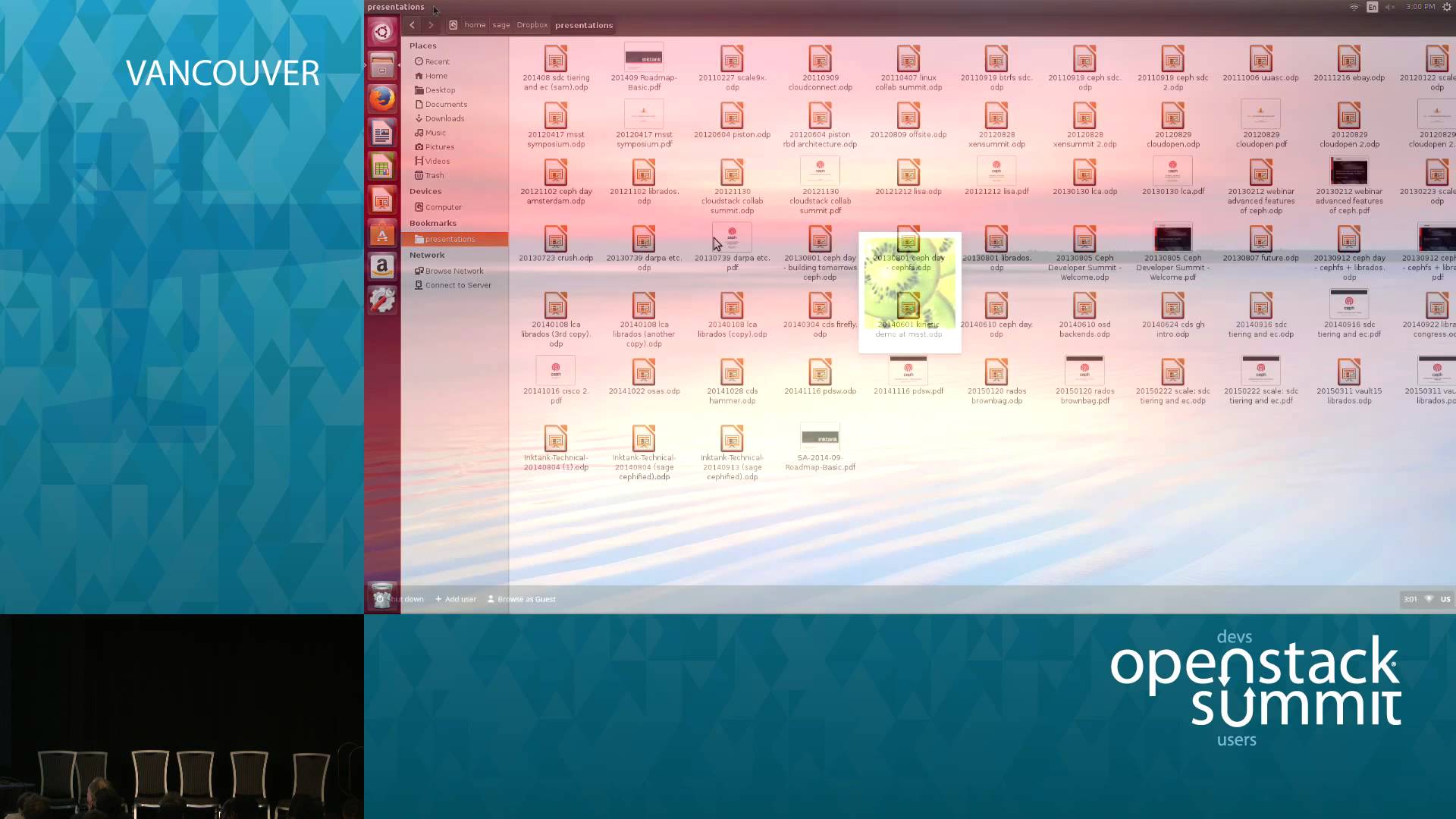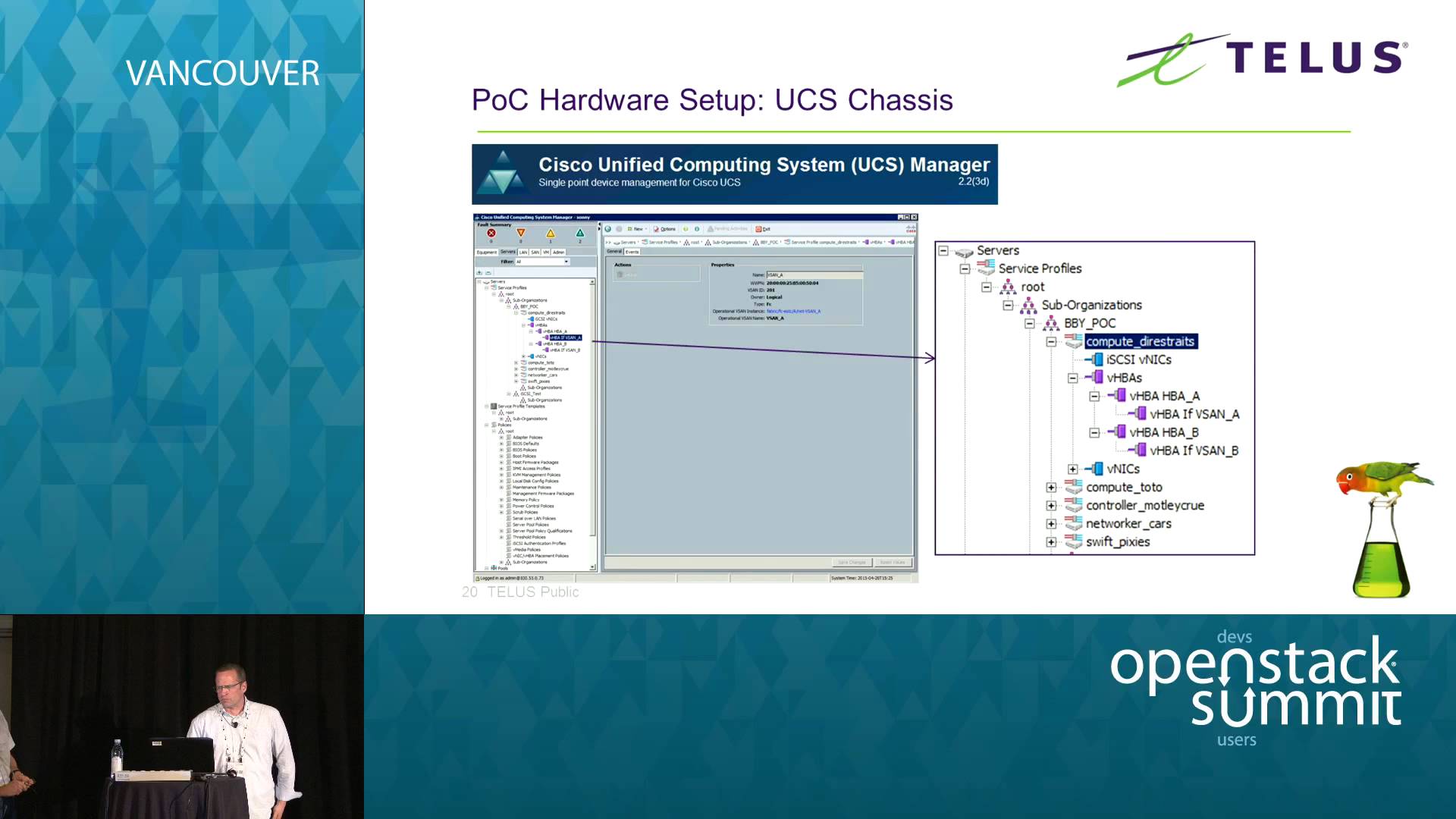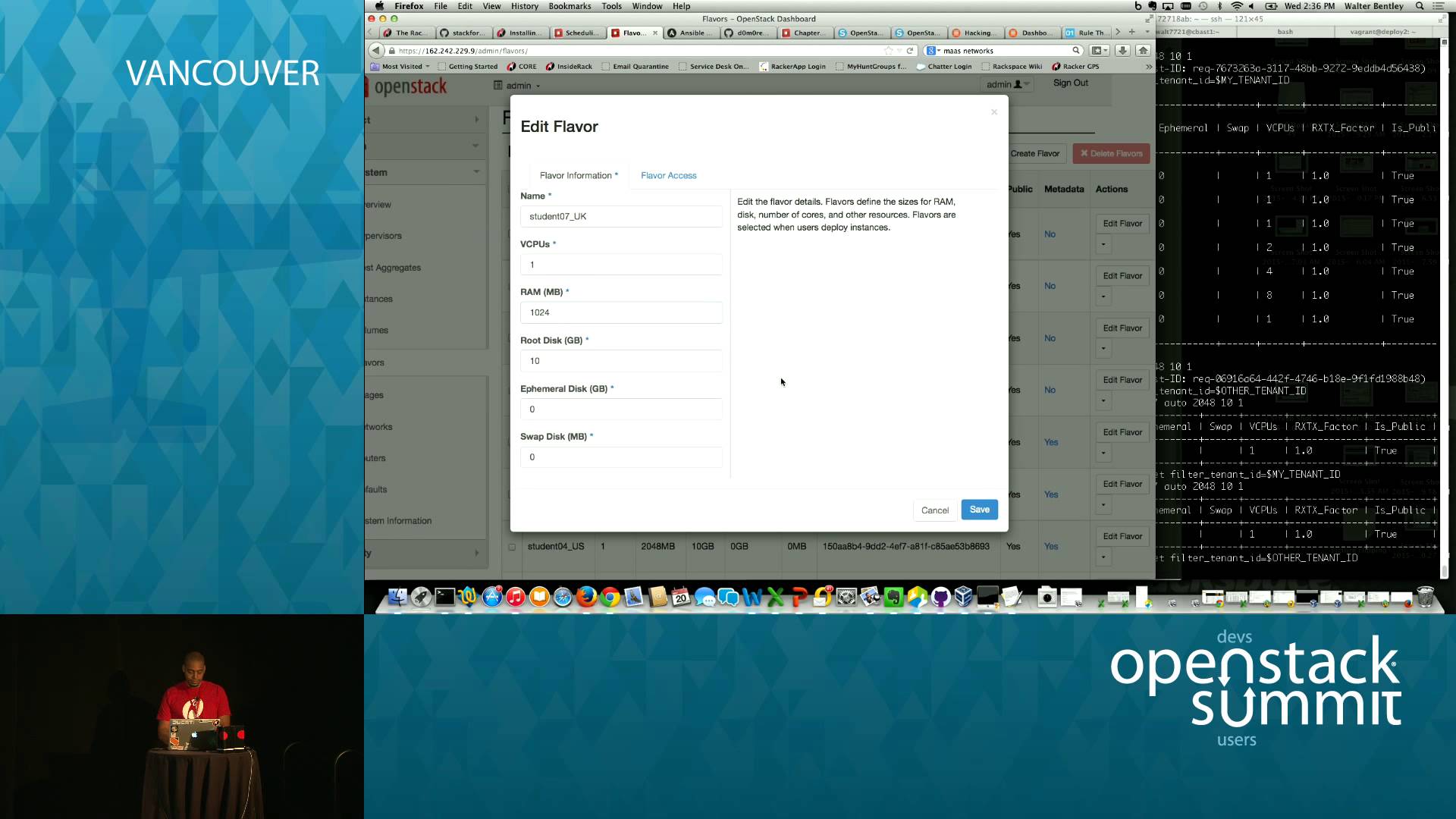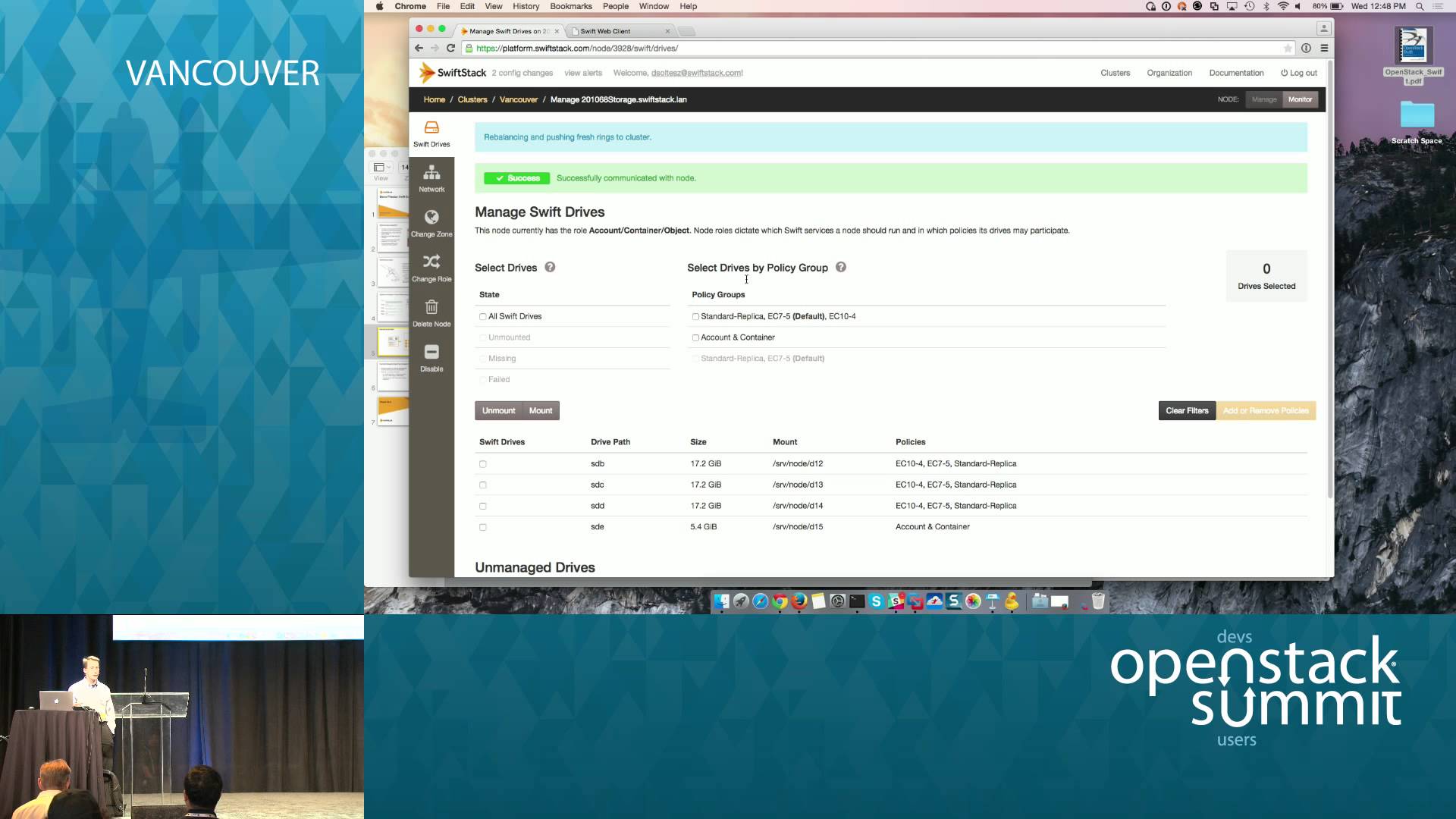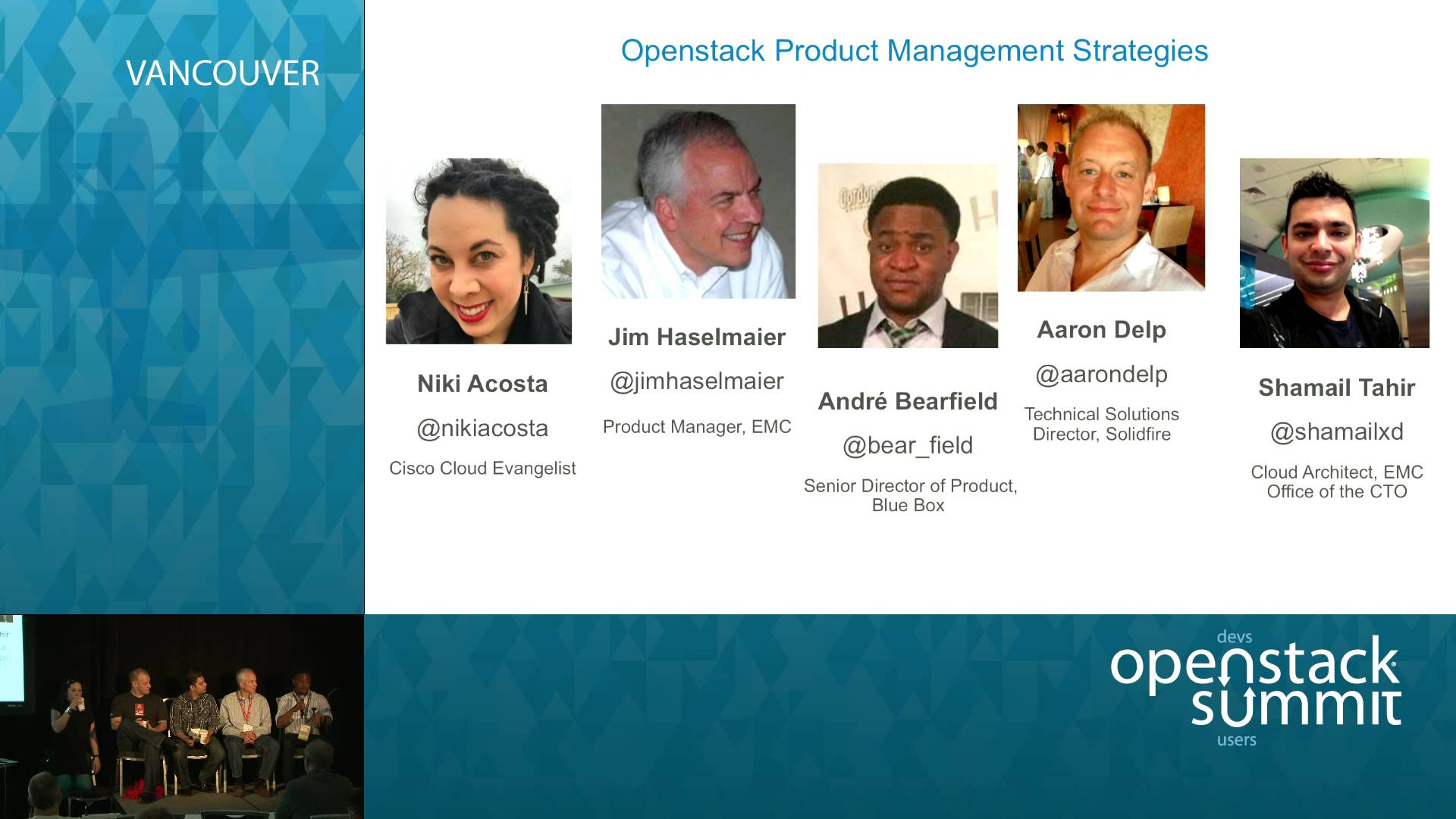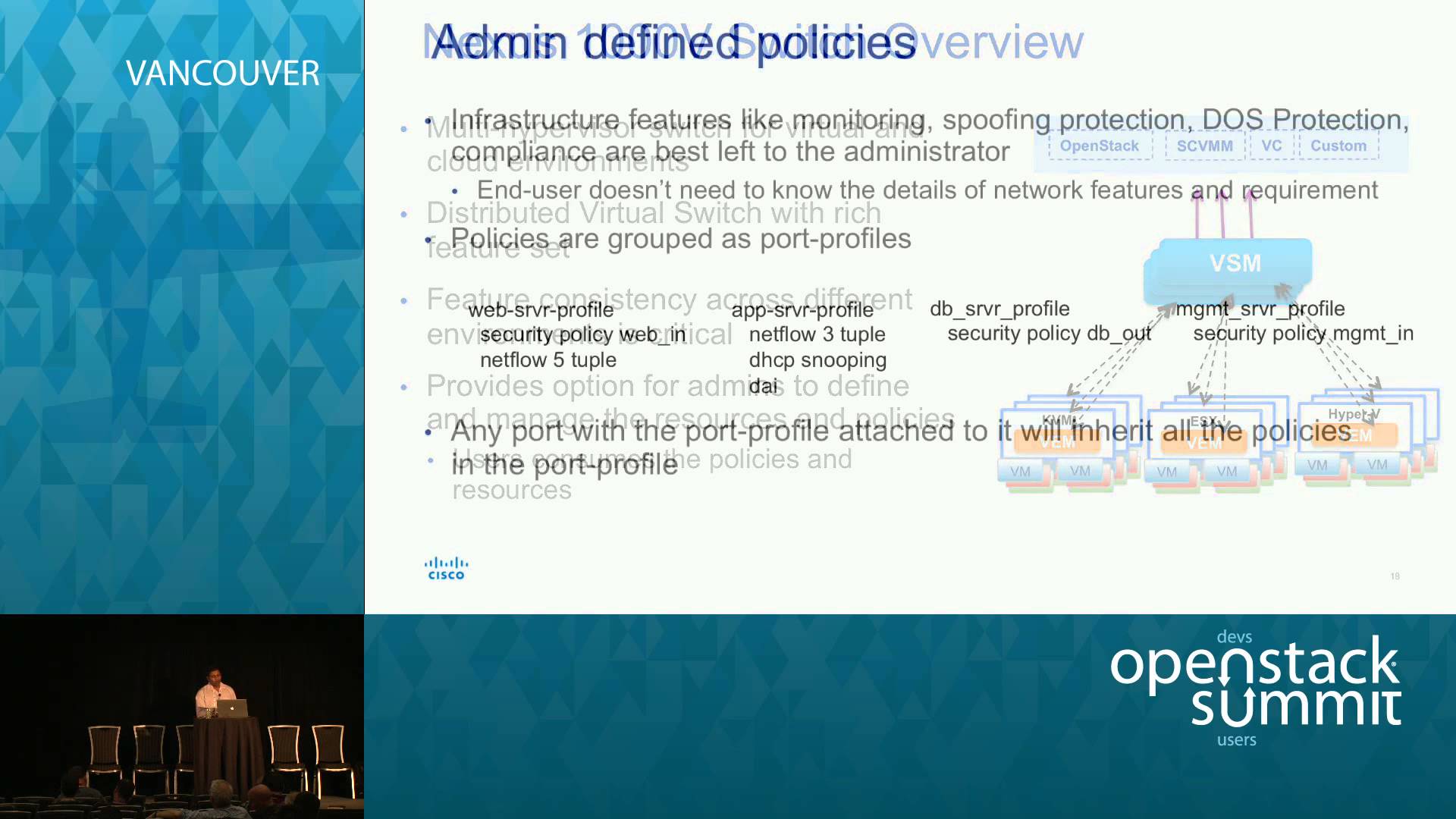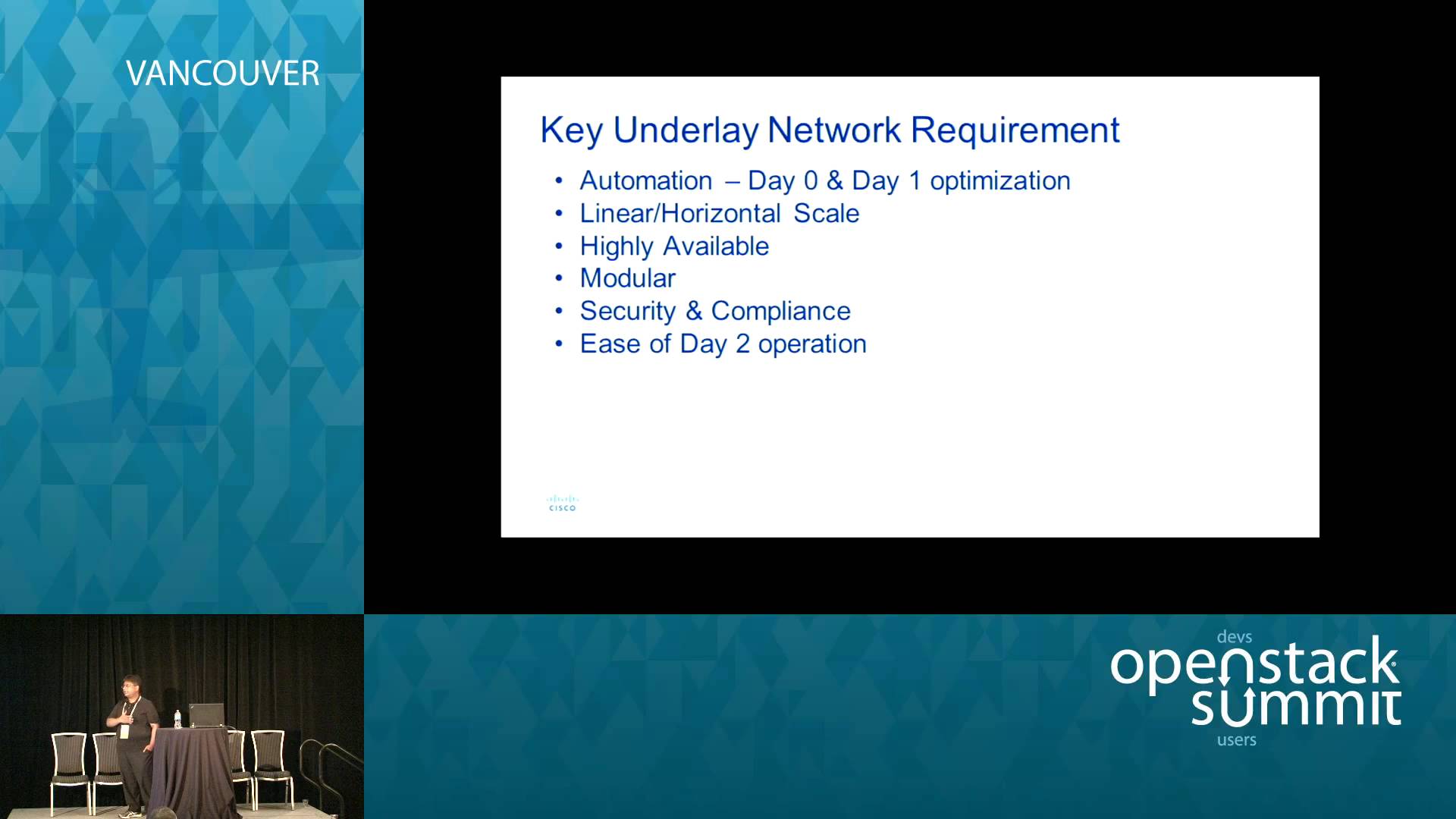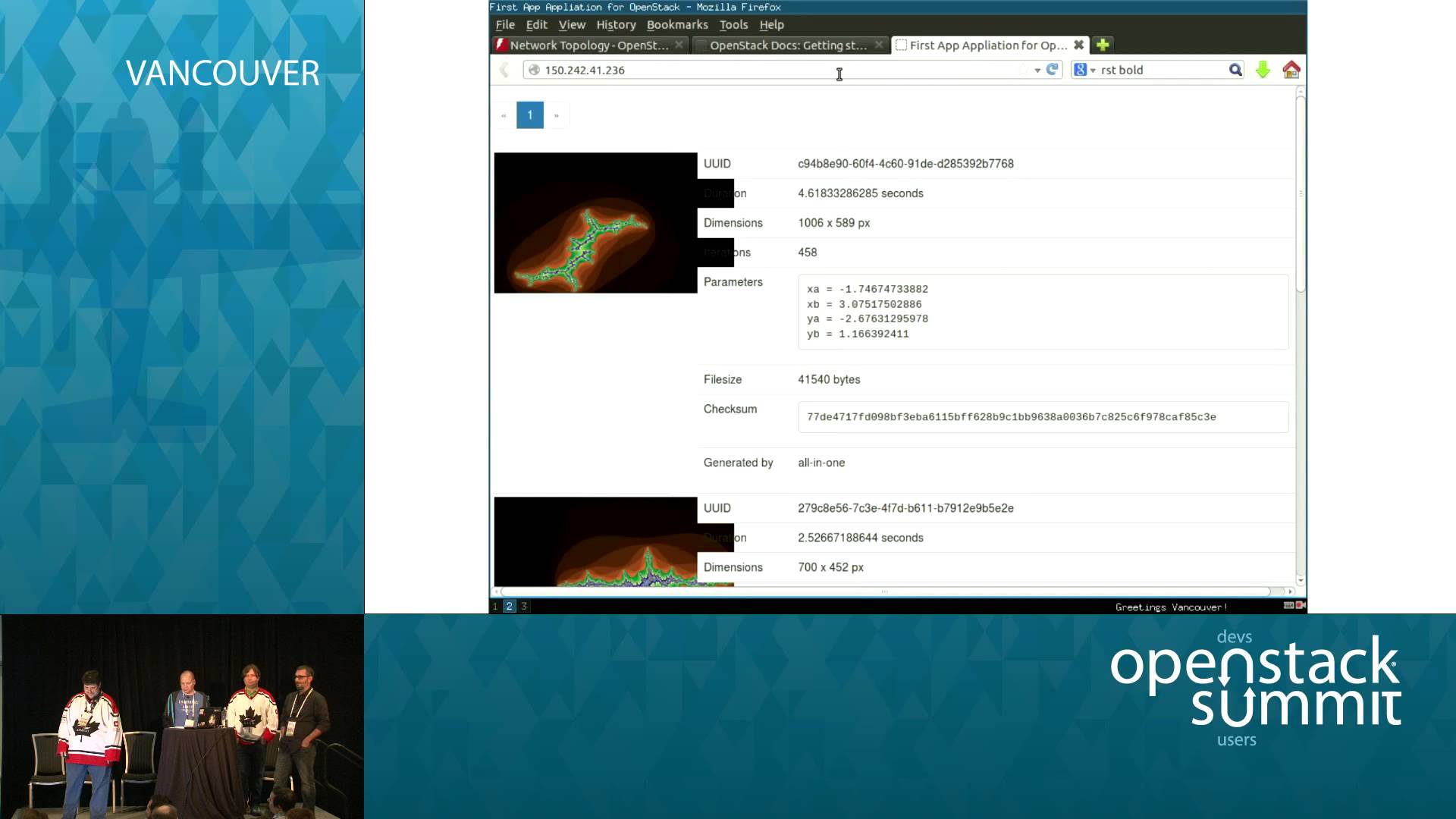The conventional approach to deploying applications on OpenStack uses virtual machines (usually KVM) backed by block devices (usually Ceph RBD). As interest increases in container-based application deployment models like Docker, it is worth looking at what alternatives exist for combining compute and storage (both shared and non-shared). Mapping RBD block devices directly to host kernels… Continue reading Keeping OpenStack storage trendy with Ceph and containers
Tag: Summit
Private Cloud POC with RHEL OpenStack Platform on FlexPod
Private Cloud POC with RHEL OpenStack Platform on FlexPod Intended audience: OpenStack Summit attendees from organizations interested in developing and deploying OpenStack based solutions internally but lacking the experience, expertise and the infrastructure to get started. Private Cloud POC with RHEL OpenStack Platform on FlexPod Intended audience: OpenStack Summit attendees from organizations interested in developing… Continue reading Private Cloud POC with RHEL OpenStack Platform on FlexPod
OpenStack Multi-Tenant Isolation: Quarantine Your Tenants
This workshop is to cover how to implement Multi-tenant Isolation within your OpenStack cloud. The demand to completely segergate your cloud tenants from a compute and block storage aspect seems to be on the rise. So if you are planning to build a multi-tenant cloud, this is the session you must not miss. Knowing the… Continue reading OpenStack Multi-Tenant Isolation: Quarantine Your Tenants
SwiftStack: Using Erasure Codes with OpenStack Swift using SwiftStack
With the release of OpenStack Kilo, Swift has introduced erasure codes as a new choice for data durability. In addition to replicas, storage administrators can choose the protection scheme that best meets the needs of their applications. Join SwiftStack’s Solutions and Applications Manager, Doug Soltesz and Sr. Systems Engineer, Rob Daly for a demonstration of… Continue reading SwiftStack: Using Erasure Codes with OpenStack Swift using SwiftStack
OpenStack Product Management Strategies Panel
As OpenStack grows incredibly quickly in popularity there is an increasing and consistent need to have a means to bridge the gap between app developers, operators, and the code itself. In a mainstream business this function is filled by Product Management, whose role it is to understand the needs of customers, work with engineering to… Continue reading OpenStack Product Management Strategies Panel
OpenStack: Neutron extension framework overview and use cases
Neutron provides an extension framework for plugin(s) and ML2 mechanism drivers to extend/enhance the capabilities of the Neutron. This can be used to support advanced functionality provided by a plugin. Also extensions are recommended way to expose experimental version of a feature before it is incorporated in the standard Neutron framework. In this session we… Continue reading OpenStack: Neutron extension framework overview and use cases
Cisco InterCloud Massively scalable Federated Networking using OpenStack
Title: Cisco InterCloud Massively scalable Federated Networking using OpenStack Have you ever wondered how Cisco is building InterCloud fabric to support the future IoT? How Cisco InterCloud Fabric Network is getting built to expose the differentiated Network services through OpenStack?
Build and operate your first OpenStack application
Through the interplay of components like Trove (database), Nova (compute), and Manila (shared filesystem) it is possible to build and operate reusable, portable, and scalable cloud applications with Heat, the orchestration service of OpenStack. In this session we show you how to get started, what to keep in mind and how to sucessfully buil, bootstrap,… Continue reading Build and operate your first OpenStack application
